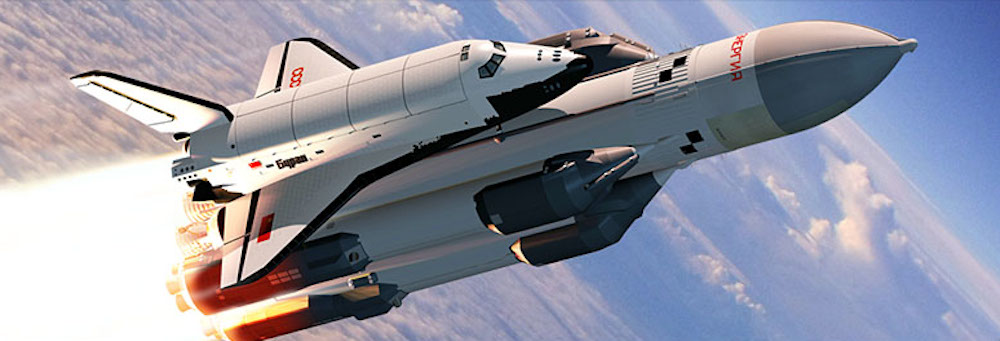


The thermal barrier coating consists of a large number of tiles (about 38 thousand) made with high accuracy from special materials (quartz fiber, high temperature organic fibers partially carbon-based material) developed for the program, which takes into account the installation location of each tile on the fuselage. The cabin volume is more than 70 cubic meters.Ī very important feature of "Buran" is its powerful thermal protection, ensuring the normal thermal conditions for the body of the ship during the passage through the dense layers of the atmosphere during landing. The front compartment contains a sealed cabin for the crew and most of the equipment to support the mission as part of the launch vehicle complex, autonomous flight in orbit, descent and landing. In the vast cargo bay can be placed a payload weighing up to 30 tonnes. The starting weight of the ship is more than 100 tonnes, of which 14 tonnes are fuel. The height of the ship, as it stands on its landing gear, is more than 16 meters. The length of the "Buran" is 36.4 meters, with a wingspan of about 24 meters. "Buran" is built to the plan of a "tailless" aircraft with a variable sweep delta wing, using aerodynamic controls - the rudder and elevons - for landing after returning to the dense layers of the atmosphere, able to make a controlled descent in the atmosphere with a lateral maneuver of up to 2,000 kilometers. It is an outstanding success of national science and technology, opening a new stage in the Soviet space program. Launched by the universal space-rocket transport system "Energia", the "Buran" orbiter went into orbit, made a double-turn flight around the Earth and landed in automatic mode on the runway of the Baikonur cosmodrome. On Novemthe Soviet Union carried out a successful test of the space shuttle "Buran". Mission 1K1: Buran First Flight, November 1988


 0 kommentar(er)
0 kommentar(er)
